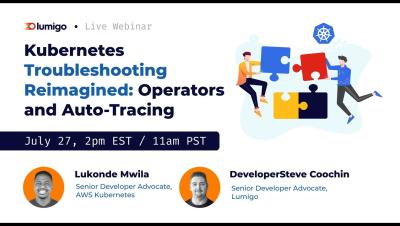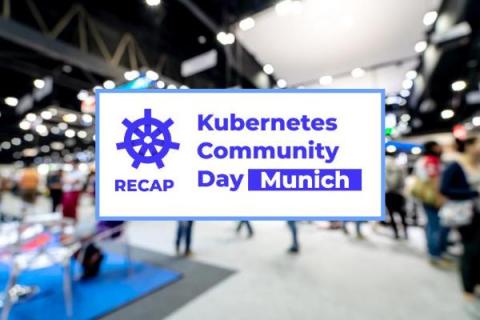Operations | Monitoring | ITSM | DevOps | Cloud
Lumigo
Debuggers Guide to the Galaxy - Promo Video
Introducing the new Lumigo Live Tail
As developers, we understand the immense value of having real-time access to live traces. It significantly enhances our ability to identify, debug, and troubleshoot potential issues within applications, streamlining the development and deployment process. Today, we are excited to introduce the new and improved Live Tail feature at Lumigo, which enhances your observability experience to a whole other level.
Troubleshooting ECS Container Crashes
Amazon Elastic Container Service (ECS) is a versatile platform that enables developers to build scalable and resilient applications using containers. However, containerized services, like Node.js applications, may face challenges like memory leaks, which can result in container crashes. In this blog post, we’ll delve into the process of identifying and addressing memory leaks in Node.js containers running on ECS. First, let’s look closer at what a memory leak is.
Kubernetes Troubleshooting Reimagined: Operators and Auto-Tracing
Save money on Serverless: common costly mistakes and how to avoid them
When used properly, serverless technologies like AWS Lambda can lower the cost of running a system. This is because you only pay for these services when you’re using them, so you don’t waste any money. Serverless technologies also have other benefits. They can provide better security, built-in redundancy and scalability. The biggest plus is that they let you do more with less time and effort. You can focus on the things that directly add value to your business.
Kubernetes Troubleshooting with Operators and Auto-Tracing
Kubernetes has revolutionized the way we manage and deploy applications, but as with any system, troubleshooting can often be a daunting task. Even with the multitude of features and services provided by Kubernetes, when something goes awry, the complexity can feel like finding a needle in a haystack. This is where Kubernetes Operators and Auto-Tracing come into play, aiming to simplify the troubleshooting process.
Building, Deploying and Observing WASM Apps
This post gives an overview of how to build applications using the updated Docker + WASM technical preview, along with some observability best practices.
Kubernetes Community Day Munich Recap: A Meeting of Tech Minds and Ideas
This July, the community spirit was profoundly vibrant in the scenic city of Munich, as Kubernetes Community Day (KCD) Munich brought together a meeting of minds and inspired the open-source collaboration we all know and love. The event was a testament to the strength and vitality of the Kubernetes community, which pulsed with an energy of shared intellectual curiosity and passion for all things Kubernetes.











